Fish Oils Control Eicosanoid Hormones and that influences health*
What’s an Eicosanoid?
Eicosanoids are signaling molecules made from Omega-3 and Omega-6 fats.
- Eicosanoids made from EPA and DHA Omega-3 are support healthy functions
- Eicosanoids made from Omega-6 can sometimes work in opposition to eicosanoids produced by Omega-3
Vegetable & Seed Oils – why they hurt (literally!)
And you have a lot of control over what kinds of eicosanoids your body makes by simply controlling what you eat or don’t. Your food really IS your medicine.
Let’s say you just ate a super-sized bag of french fries that were fried in corn or soy oil. You may not realize it, but you just got a heaping dose of Omega-6 fats, all that your body needs for weeks.
But the problem is you may have had a week’s supply of Omega-6 for breakfast and another week’s supply the night before at dinner.
This is not an imaginary scenario. The average American eats about 20 times more Omega-6 than he or she needs. And this has a huge impact on the eicosanoids coursing through your body.
So are all Omega-6 oils bad for you?
No. Certainly not. Omega-6 fats are still essential for survival.
The Omega-6 in most vegetable seed oils is Linoleic Acid (LA).
LA gets converted by enzymes to Gamma-Linoleic Acid or GLA. So far so good – because GLA is not bad for you and GLA does not produce (as far as we know) any of the major inflammatory eicosanoids.
Then, another enzyme converts GLA to Dihomo Gamma-Linoleic Acid or DGLA. Again, so far so good.
After DGLA, there is a fork in the road. This is where things get ugly.
DGLA can go one of two ways. One fork in the road turns DGLA into good eicosanoids that control insulin and blood clotting etc. And the other fork goes to Arachidonic Acid or AA. The enzyme that converts DGLA into AA is called delta-5-desaturase. This enzyme sounds like a military rocket, but no, it’s an enzyme that has a lot to do with how miserable you might feel.
Click here to see a larger version of this image.
AA is one to watch. You need it in very small quantities but get a little more than you need and you’ve got problems! This is because AA get converted into at least a dozen ‘bad’ eicosanoids that can cause problems*.
So eating foods cooked in vegetable seed oils can create a whole bunch of AA in your body. And then discomfort and misery are never too far behind.
There are only two things you can do at that point:
- Cut back drastically on eating anything that’s come near corn oil or soy (vegetable) oils.
- Increase EPA Omega-3 consumption.
Why more EPA Omega-3?
This is the beauty of fish oil. EPA competes with AA. Both EPA and AA fight for the same enzyme, delta-5-desaturase.
Technically speaking, EPA Omega-3 acts as a feedback inhibitor of delta-5-desaturase. So the more EPA you have in your body, the less delta-5-desaturase enzyme there is to convert DGLA into AA.
More EPA from fish oil = less AA
But don’t use this as an excuse to eat a whole bottle of fish oil pills! Your first step should be to reduce Omega-6 in your diet. This will make Omega-3 more effective. And keep EPA consumption to less than 3000 or 4000 mg per day.
What about DHA?
Well, DHA is not a feedback inhibitor of delta-5-desaturase, as far as we know. So it does not directly provide that benefit. However, if you only take DHA supplements, say from algae, your body will convert some DHA into EPA.
Will Olive oil have the same negative effect as Corn or Soy oil?
No. Olive oil contains monounsaturated (omega-9) fats, which are neutral. They do not get converted to good or bad eicosanoids. Same goes for healthy saturated fats like Coconut oil.
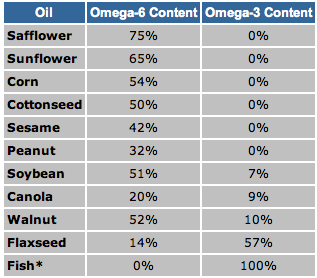 |
For what it’s worth, I cook only with Olive oil. Coconut oil may be an option for some too. Olive has 9% Omega-6 while Coconut oil is virtually free of Omega-6 at 2%. If you want to reduce Omega-6 in your diet, look into Coconut oil.
Thanks to Kathy, a Registered Dietitian from St. Louis who emailed me with the following question and sparked the idea to write this blog:
‘Do you know what the effects of GLA are on heealth & why? I thought that GLA can either go to PGA1 or to arachadonic acid? What then do you think of those Omega 3 supplements that also include Omega 6? My thought is that it must be GLA as the Omega 6 fat. Might this not be problematic, because how do you know that it’s not going to turn into arachadonic acid? Thanks!’
I’ve ranted about supplements that provide extra Omega-6 before. And will do so again, soon. Stay tuned.
And finally, pick up a copy of Dr. Barry Sears’ book ‘Toxic Fat‘. You may have read some of his ‘Zone’ books but Toxic Fat contains current understanding of the science of fats.
And he explains it all in such plain English. Brilliant.

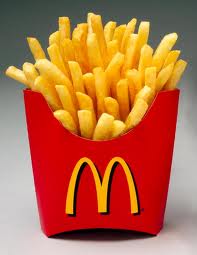
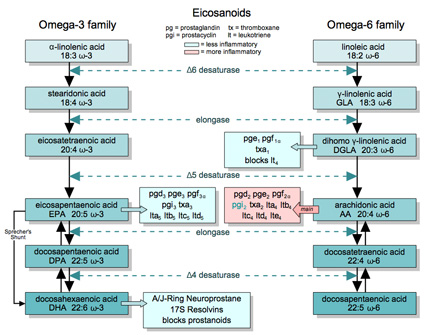
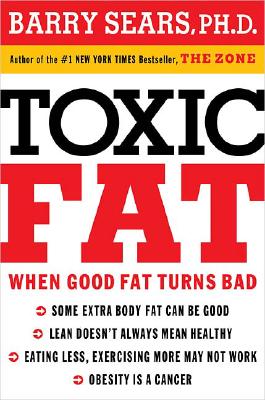
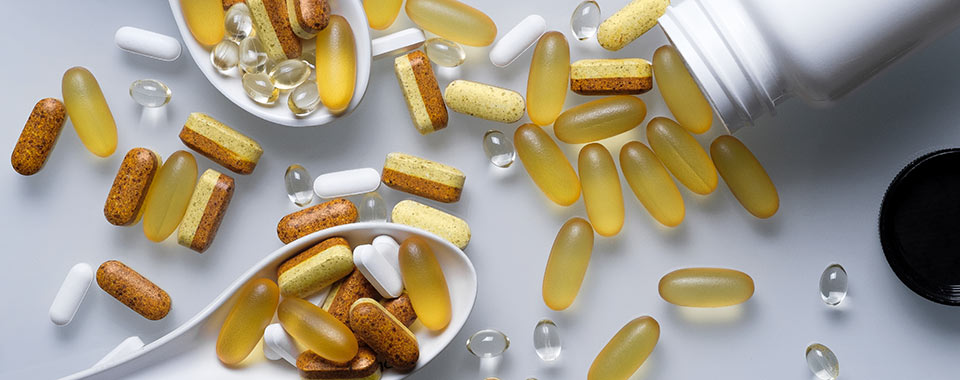

Hi Jack – thanks for asking, but, yes, there are copyright issues to consider.